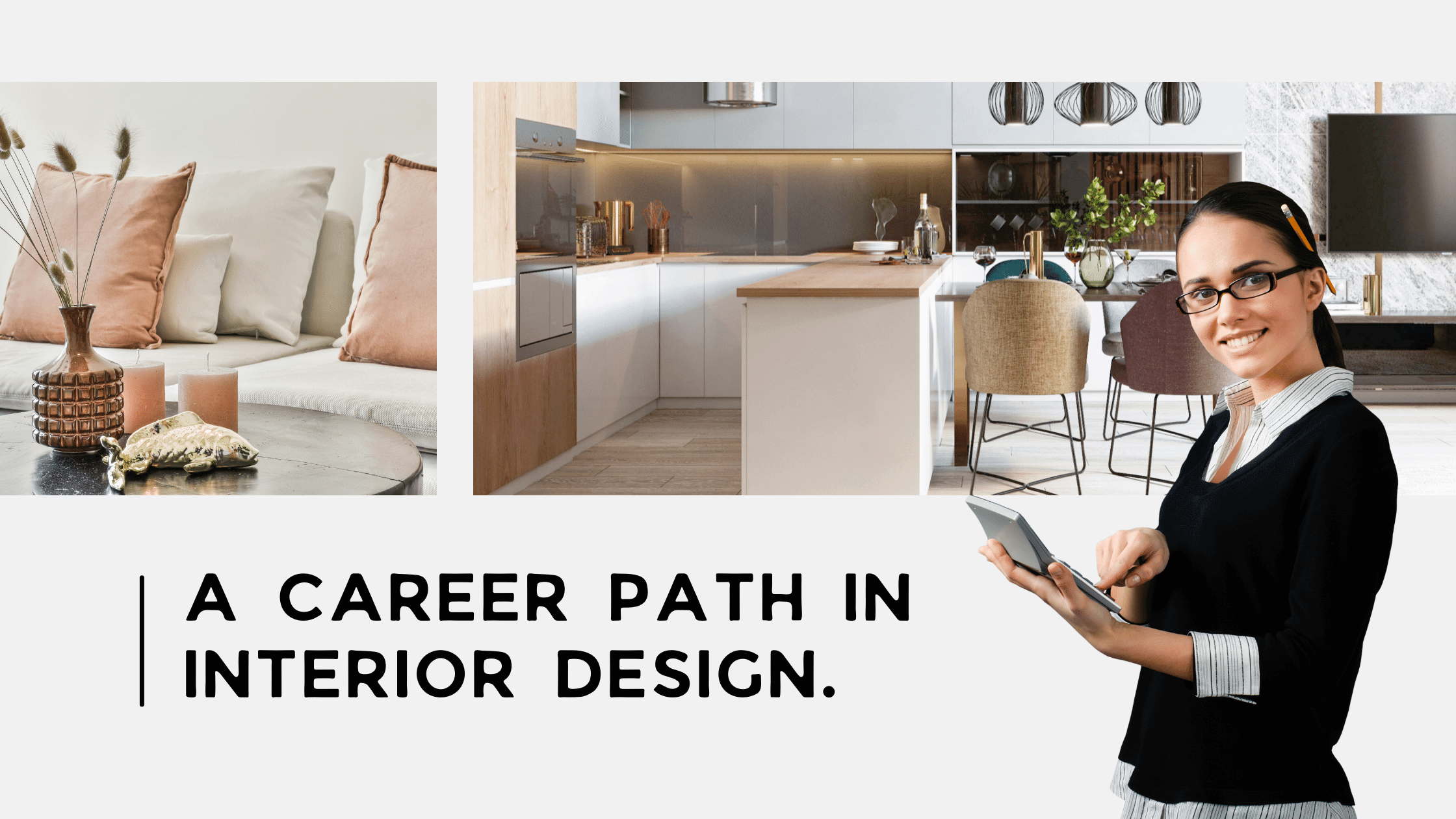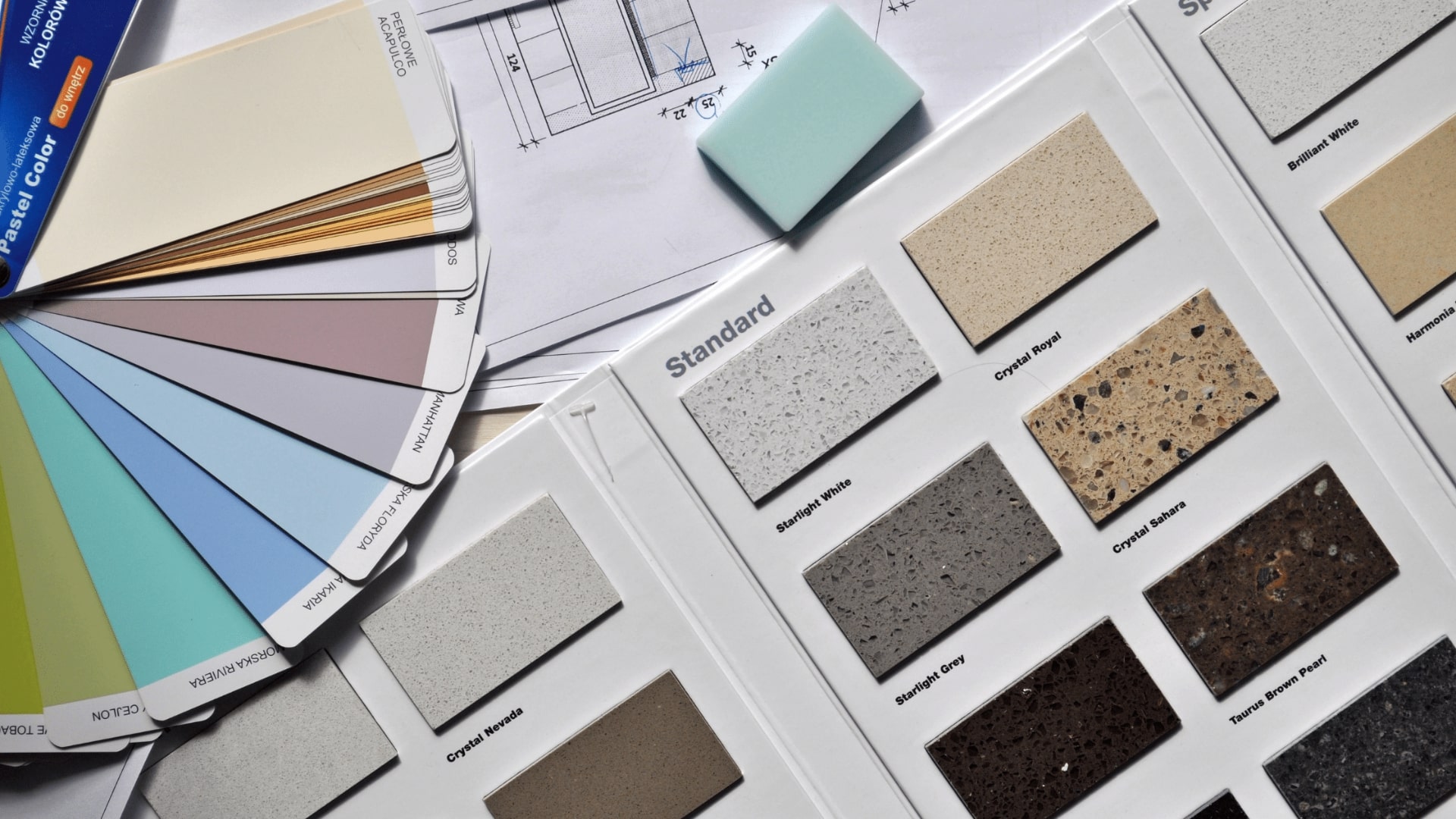
Having an eye for design and beauty comes natural to some people, however polishing your creativity into a profession is not achieved by many. Imagine, having your creativity transformed into something practical and getting paid for it! This is what interior designers do for a living. They transform their creative brainchild into a living, breathing practical space. Interior designing has now long flourished into a whole profession where people specialize in making interiors.
What is Interior designing?
Interior designers are basically architects of the interior parts of different buildings and decide how the interior of a building should look like. Their job is to make indoor places safe, functional and aesthetically pleasing. This is not done merely by a creative mind, they get proper educational and practical training to ensure that the interiors are designed to perfection, not only in style and outlook, but in practical functionality too.
How to become an interior designer?
To make a career in interior designing, a proper educational background is crucial. There are. Many institutions offering different certifications in interior designing all over the world. Usually a Bachelors degree in interior design is required. This degree covers all aspects of interior designing including classes in design, drawing and Computer-aided design (CAD). Other certifications are also available at diploma, associate's and Masters levels. Afterwards, the graduates can either work freelance and independently or they can join different firms associated with interior design. It is usually recommended to first take some practical work experience, working with a team of designers already working in the
market can prove to be very useful.
Skills learned while making a career in interior designing:
During the process of learning, it is crucial for an interior designer to acquire various skills. Computer-aided design CAD software is a very basic requirement for interior design. It is the basic software used by interior designers for their drawings. They also use building information modeling BIM software to create three dimensional visualizations. Some freehand drawing and sketching is also employed. These are just a few out of many examples of softwares and skills learned in the field of interior designing.
Job description of interior designers:

- They look for projects and bid.
- They analyze the demands and goals of the client for the project.
- They sketch blueprints including designing, decorations, electrical and partition plans.
- Estimate the total project costs and determine the time required for the completion of the project.
- They work with the building contractors and supervise specifications for the designing.
- They visit the site to work on different design aspects.
- They have to work closely with architects, engineers, electricians and construction laborers.
How much money do interior designers make?
Interior designing pays fairly well but obviously the sums differ in different places. On average, they make $23.95 per hour. Annual salaries are approximately $49,810.
Career Paths in Interior Design:
After opting for interior designing, one can choose to specialize and follow a specific career path. Some of the major fields one can choose from are mentioned below:
- Interior designer: Generally speaking, this is the most obvious field. Interior designers are assigned to make interiors of offices, hospitals, homes and different other buildings. They are mostly tasked with interior decorations, styling and furnishing etc. Therefore, they have to stay in touch with emerging trends in design.
- Furniture Designers: They are more concerned with furnishing interiors. They meet the demands of the clients and furnish buildings according to their purpose and clients'’ taste. Even within this field, people specialize in different areas like home furnishing, office furnishing, restaurant furnishing etc.
- Lighting Designers: Lighting designers are basically concerned with providing suitable and adequate lighting for different interiors. They work with teams of electricians and devise lighting and wiring plans according to the requirements of
the buildings and clients. They have to get involved in schematic designing and decorative fittings like chandeliers etc. A lighting designer has to have a good knowledge about various kinds of lighting and their effect on the interiors. - Kitchen Designers: Kitchen designers are responsible for making kitchens functionally and aesthetically pleasant to work in. They brave to balance the style and functionality of the kitchens and make purchases for the clients accordingly. Kitchen designers are also supposed to be well aware of different materials and their resistance to heat because they have to be installed in kitchens where temperatures are an important factor.
- Exhibition designers: As the name indicates, they are mostly involved with bigger displays like exhibitions, museums etc. They design according to the expected audience, theme of the exhibition and the items that have to be showcased. They have to excel in CAD and 3D programs like AutoCAD/Adobe suites.
Other areas of specializations include certified corporate designers, Healthcare designers, interior decorators, sustainable designers and universal designers etc.
Job Outlook:
The average growth rate of employment from 2016-2026 is 5%, which is quite comfortable keeping in mind that the average growth rate for all occupations is 7%. In short, an advice to someone wants to pursue interior designing is first and foremost to avoid shortcuts and go for a professional degree and training to make it into a proper career and get a license, as is required in some countries/states. Creativity and originality is the key. The more innovation you bring, the more successful you are. Also, it is very important to meet up with the clients wishes and expectations. This field does not only require a good aesthetic sense and creativity, but also practical functionality. It is indeed a demanding career in which one needs constant hard work and passion to succeed.













